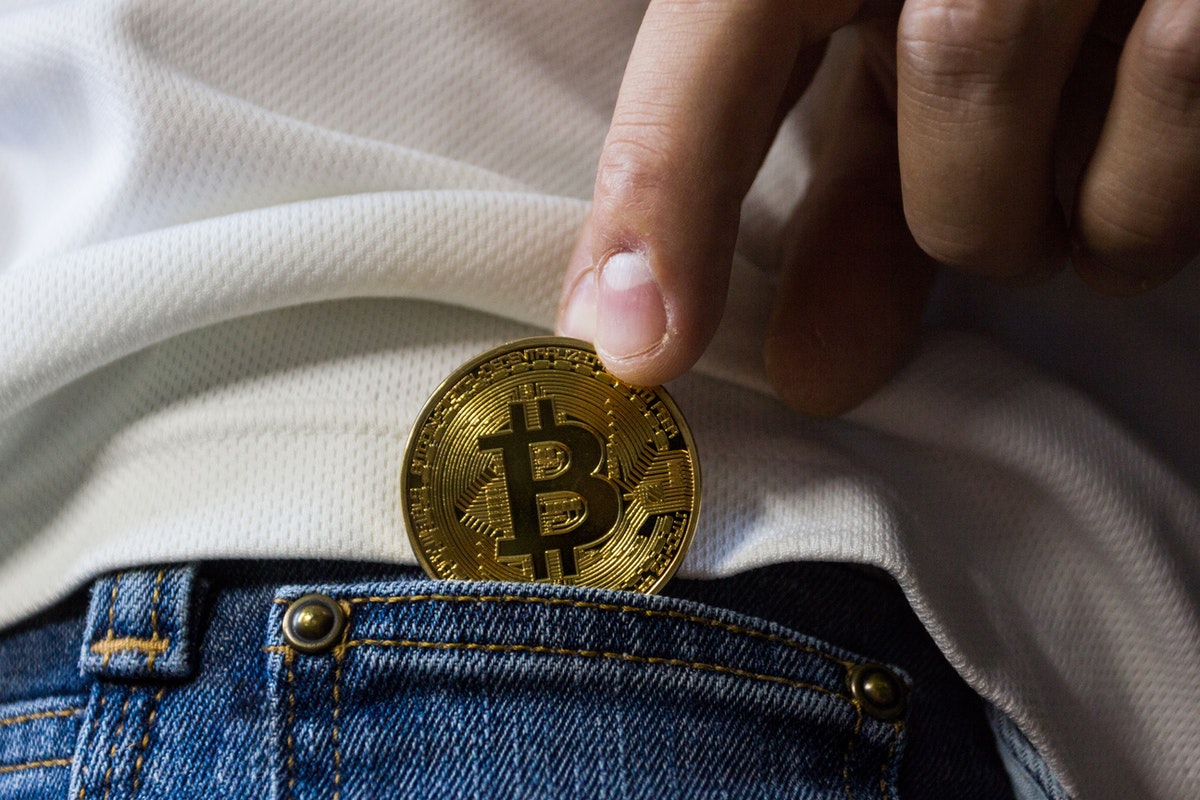For ecommerce to function effectively, it requires two hallmarks in the development of economics: ease of transactions and security of transactions. Unfortunately, even in the most advanced economic environments, governments, banks, and corporations need to secure transactions by binding them to some centralized authority, resulting in financial congestion as a result of bureaucracy, and criminals exploit and prey on the vulnerable through gaps and loopholes within these centralized systems.

The idea of decentralized trading, ungoverned by any regulatory authority, is a frightening idea to some and an exciting one to others. A simple trade like btcusdt, requires a technology solution to handle. Technology is the answer to the problem.
Misconceptions About Cryptocurrencies
By far, the most common misconception about cryptocurrency by people who have heard of it, but don’t know what it is, is that it is unregulated and is a way of ‘cheating the system’ to make money in some kind of ‘morally dubious’ way. Matters of opinion aside, firstly, cryptocurrencies are no more or less profitable than nationalized currencies like the dollar or the pound, and most are of significantly lower value. Dogecoin, for instance, currently stands at less than $0.07, according to OKX. Rather they are simply a means of speeding up the transaction process by handing autonomy over the trade to the one whose money it is. They are also far from unregulated.
Innovations in Blockchain Technology
Secondly, it is far harder to infiltrate and tamper with a cryptocurrency transaction for malicious purposes than any other, thanks to how cryptocurrency transactions are stored by blockchains. When a crypto transaction is made, data are stored on a database called a ledger. Each ledger entry is recorded in an entry called a block. Each block holds three elements, the digital data itself, a unique ID code called a Hash, and the Hash of a previous block, which itself has the Hash of a previous block, and so forth, stretching back over a chain. Any tampering of any kind alters the ID codes.
For a transaction to be approved within a blockchain, it must 1) match up with the Hash of the previous block and 2) be validated by all affiliated nodes across the distributed ledger, which automatically adhere to a unanimous algorithm protocol. Simply put, it is nigh impossible to alter data within a blockchain for malicious purposes, making cybercrime extremely difficult.
How This Enables Crypto Trading
The result is that the security afforded by blockchain technology allows for the decentralization of online transactions to be handled securely and safely, which in turn leads to faster trading internationally and gives more power over the individual’s financial assets, with fewer funds being siphoned off by a third-party regulatory authority. Lensa shares how IT plays a critical role in nearly every industry. Yours is no different. Utilizing cryptography, blockchain has the capacity to revolutionize transparency.
This often means that the wielders of cryptocurrencies can perform transactions before competitors and secure payments and investments that would be otherwise closed off, which leads others to regard it with a degree of superstition and fear. Thanks to the blockchain, though, it certainly looks as though, like it or hate it, crypto trading is here to stay.